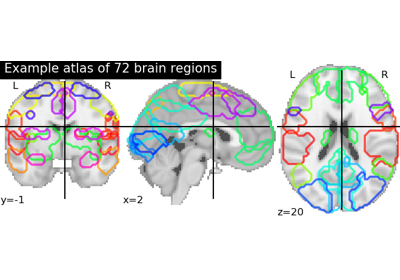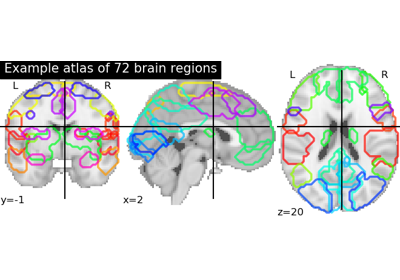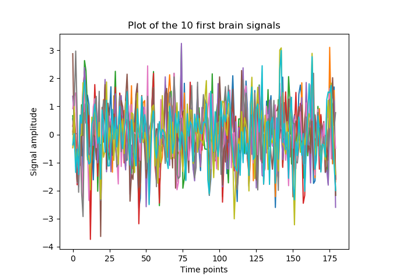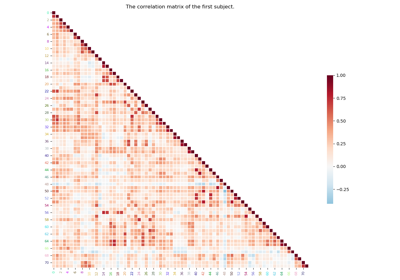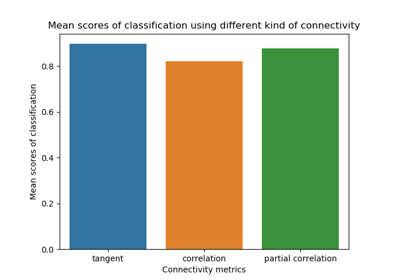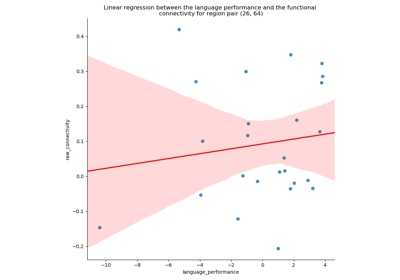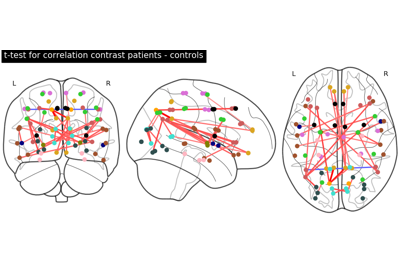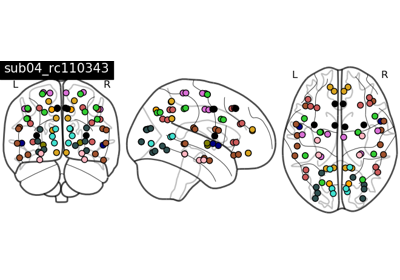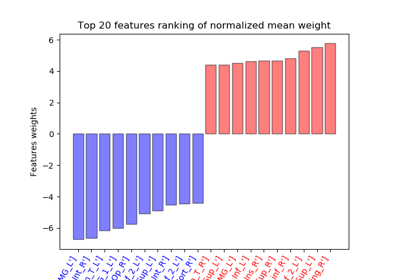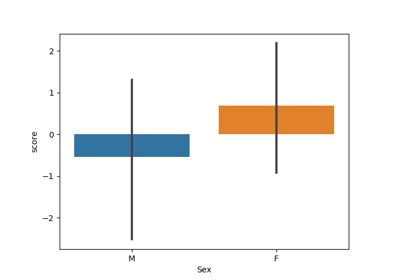ConPagnon usage examples¶
Warning
If you want to run the example if the Jupyter Notebook format (.ipynb file), make sure that you have Jupyter Notebook installed in you’re Python environment.
Contents
Tutorial examples¶
The following examples will teach you on how to use ConPagnon. Do not hesitate to copy and paste those examples, to understand the core logic of ConPagnon.
Organization of data for ConPagnon¶
For easier data processing along you’re analysis with ConPagnon, your data need to be organized in a specific manner. In this section, we will go through simple examples to get you started.
Functional Connectivity: Computing¶
In this section of the tutorials, we assume that your data are nicely
organised according to the first section of the tutorials, and you’ve
fetched the data with the conpagnon.data_handling.data_architecture.fetch_data()
function. Next steps involve the extraction of clean brain signals and the computing of the
connectivity matrices.
Important
ConPagnon extract the brain signals in each region from a brain atlas only. If you don’t have one, you can fetch a atlas among the numerous examples in the Nilearn dataset module !
Basic Statistical Analyses¶
In this section, we will cover simple examples of statistical analyses you might encounter in classic resting state analysis. Those tests are simple and quick to run, and it might help you to have a better understanding of your data, before running into more advanced statistical analysis in the next section.
Advanced Statistical Analyses¶
In this section, we will cover more advanced type
of analyses on resting state functional data. Those
advanced method often came from different machine learning
tactics. Machine learning on resting state data is an area
in continuous expansion, and may allow you to explore your data
in a new way. We also cover some analysis developed to exploit
specifically the tangent space connectivity metric.
Utilities¶
In this section, we present some tips and tricks that will make your life easier while manipulating data, as well as some other useful function for specific cases.
